How to Make Characters Fall in Love (Without Cheesiness).
Welcome to November!
The pumpkin spice is still fresh, yet Christmas lights are already twinkling on the horizon. Around this time, you can bet the Hallmark movies are already on full throttle, serving up cozy winter romance at every turn.
For writers, it’s a season to analyze just how these romantic movies nail the chemistry that keeps audiences hooked. Whether you’re working on a rom-com or sprinkling romance into your thriller, understanding how to build tension between characters is key.
Let’s dive into the elements of romantic tension, equipped with lessons from some recent beloved movies and books that’ll keep you entertained and inspired. So, writers, grab your cocoa, and let’s learn how to turn up the romantic heat in our stories.
7 Proven Techniques to Make Your Characters Fall Head-Over-Heels.
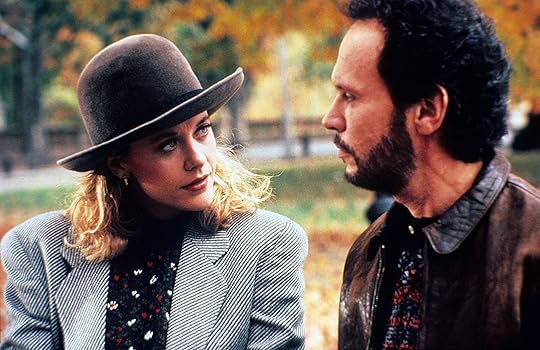 #1 – The Slow Burn – Simmering Chemistry Over Time.
#1 – The Slow Burn – Simmering Chemistry Over Time.
In a slow burn, characters don’t rush to a passionate kiss; instead, they linger in mutual attraction and denial.
This trope lets readers invest in every tiny spark, each “almost” moment, and sigh when it all finally comes together.
In When Harry Met Sally (yes, an “oldie” but still iconic!) the magic of Harry (Billy Crystal) and Sally’s (Meg Ryan) relationship is in the gradual way their connection unfolds.
They don’t click romantically right away; instead, they evolve through shared experiences, friendship, and vulnerability. Each of their interactions is seasoned with their growing affection and respect.
As writers, we can take a page out of this film’s script: let characters meet and not fall in love right away. Watch how that slow simmer makes the payoff so satisfying that it’s impossible to look away.
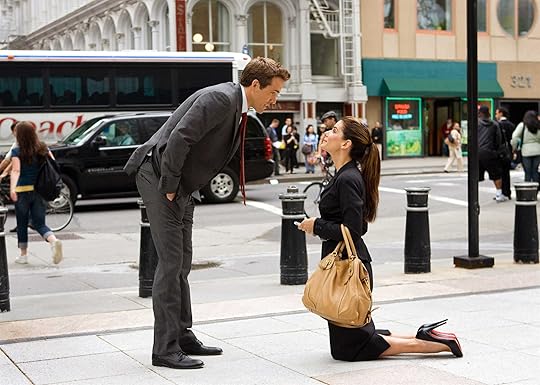 #2 – Opposites Attract – Sparking Tension with Polar Opposites.
#2 – Opposites Attract – Sparking Tension with Polar Opposites.
Few things spell “romantic comedy gold” like a couple with completely opposite personalities. When two characters with contrasting outlooks or values clash, it’s both fun and, at times, explosively tense—perfect for romance!
In The Proposal Margaret (Sandra Bullock), a high-powered editor, and Andrew (Ryan Reynolds), her easygoing assistant, are as different as Alaska and a Manhattan office. But it’s their clashing personalities that keep the sparks flying. Andrew’s dry humor plays off Margaret’s no-nonsense attitude, and they constantly challenge each other.
For writers, pairing characters who are opposites gives an easy entry point for banter and misunderstandings, building the fun side of romantic tension and a foundation for genuine connection.
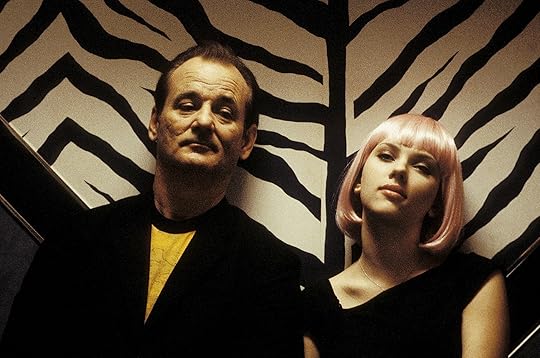 #3 – Unspoken Desire – Building Tension in What’s Left Unsaid.
#3 – Unspoken Desire – Building Tension in What’s Left Unsaid.
Not every romantic tension needs words; in fact, some of the best chemistry comes from what characters don’t say.
Characters’ glances, near-touch moments, and silences create an emotional charge that can be more potent than dialogue.
Lost in Translation is a great example.
Though not in the rom-com genre, Lost in Translation offers a beautiful lesson in unspoken intimacy. Charlotte (Scarlett Johansson) and Bob (Bill Murray) share a connection that goes beyond words.
They’re both lost in Tokyo and find solace in each other’s company. Their chemistry is expressed through looks and small gestures that never have to be spelled out.
For writers, using unspoken moments can add an emotional layer, especially when the characters aren’t quite ready to acknowledge their feelings out loud.
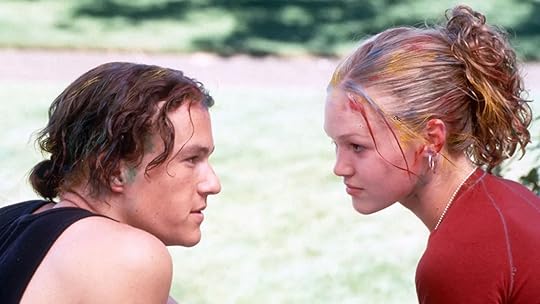 #4 – The Dance of Wit and Banter – Trading Verbal Barbs.
#4 – The Dance of Wit and Banter – Trading Verbal Barbs.
Banter isn’t just for comedic relief; it’s a vital way characters can flirt, argue, and bond all at once.
When characters have quick-witted dialogue, it allows them to explore their feelings indirectly, hiding genuine interest behind sarcasm or humor.
In 10 Things I Hate About You Kat (Julia Stiles) and Patrick (Heath Ledger) have undeniable chemistry, most of which is fueled by banter.
Their verbal sparring gives them a way to engage without becoming vulnerable right away, letting the audience sense their attraction before they do.
In writing, crafting clever back-and-forth exchanges can create an undercurrent of romantic tension that feels natural and engaging.
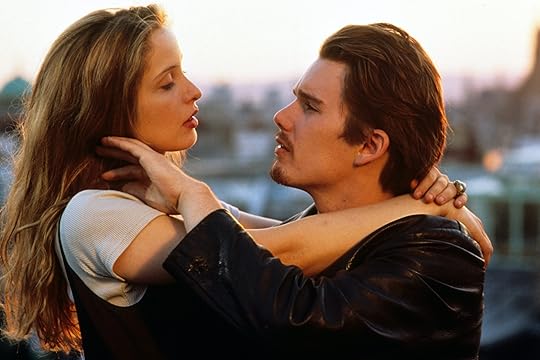
#5 – The Dance of “Almost” Moments – Drawing Out Suspense.
“Almost” moments—the brush of a hand, the nearly confessed feelings, the interrupted kiss—are essential for romantic tension.
They keep readers hooked on the story, waiting for the moment when the characters will finally overcome the barriers holding them back.
Before Sunrise though older, Before Sunrise is timeless when it comes to “almost” moments. Jesse (Ethan Hawke) and Celine (Julie Delpy) meet on a train, and we follow them as they walk through Vienna, talking, sharing glances, and growing closer. Their conversations are filled with moments where you sense they could kiss or hold hands, but don’t. It’s the will-they-won’t-they quality that builds tension.
This is a powerful technique in writing: build up to romantic moments only to subvert them, keeping readers eagerly awaiting the final payoff.
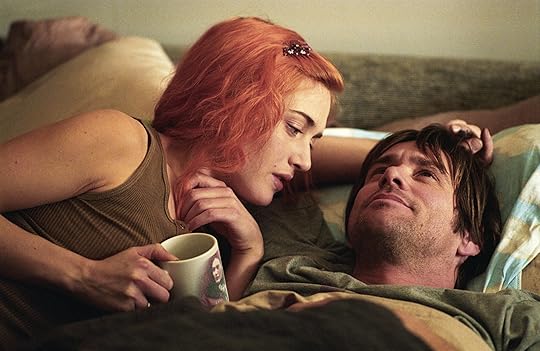
#6 – Vulnerability and Emotional Intimacy – The Heartfelt Core.
While romantic tension often thrives in banter or “almost” moments, it’s ultimately made powerful by emotional depth.
When characters reveal their vulnerable side, showing fears, insecurities, or past wounds, it forges a deeper connection.
In Eternal Sunshine of the Spotless Mind
Joel (Jim Carrey) and Clementine (Kate Winslet) aren’t your typical rom-com pair.
Their relationship is raw and filled with flawed, vulnerable moments. Watching them in their highs and lows, and seeing their weaknesses laid bare, creates a palpable, emotional tension that feels authentic and real.
Writers can make use of this by giving characters opportunities to share more than just surface feelings, letting their love build through mutual understanding and acceptance of each other’s quirks and scars.
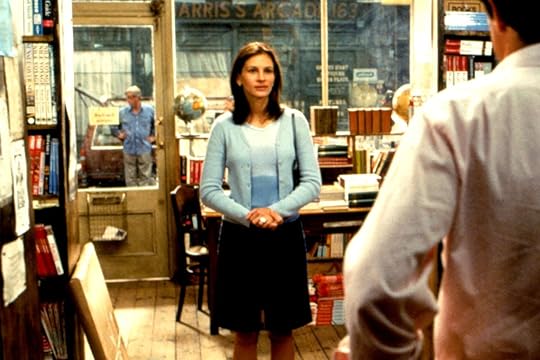
#7 – The Grand Gesture – Timing It Right.
When it’s finally time for a character to express their love, a grand gesture can be the ultimate payoff. However, it needs to be timed just right to avoid seeming over-the-top or forced.
The grand gesture usually works best when it feels like a natural resolution after all the tension has been drawn out, allowing the reader to enjoy the buildup fully.
Nothing illustrates this better than the classic Notting Hill.
The final scene where Julia Roberts’s character tells Hugh Grant’s, “I’m just a girl, standing in front of a boy, asking him to love her,” is so simple yet profoundly grand in its vulnerability (there is a treason why it became such an iconic sentence)
It’s powerful because the tension has been building up the entire movie, and by the time we get there, it feels like the moment we’ve all been waiting for.
In Conclusion – Romantic tension isn’t just about that climactic kiss; it’s in the eye contact, the hesitations, the teasing, and the things left unsaid.
As writers, the art of crafting chemistry lies in the build-up and those memorable moments of anticipation. This holiday season, take inspiration from all the romantic comedies popping up on your screen and add a dash of slow-burn tension, a sprinkle of vulnerability, and a good helping of banter to your writing toolkit.
With a little practice, you’ll have your readers swooning, turning pages, and rooting for your characters long after the Christmas lights fade. Happy writing, and may the holiday spirit inspire your next great romance!
Now it’s YOUR turn – What’s your favorite way to build romantic tension in your writing?
Would love to get your input in the comment box below.
The post How to Make Characters Fall in Love (Without Cheesiness). appeared first on Vered Neta.



